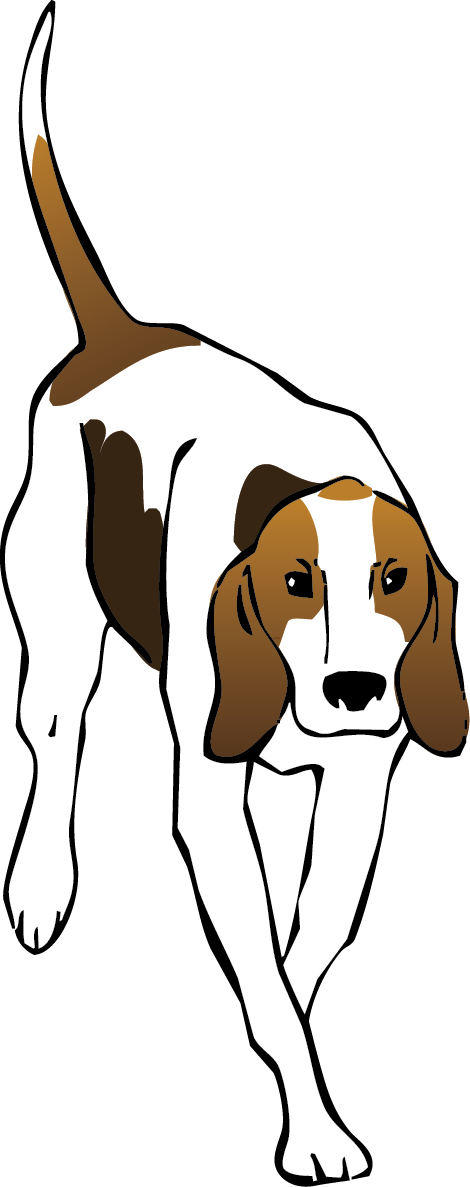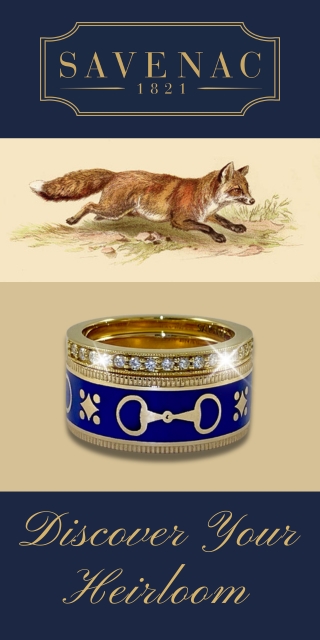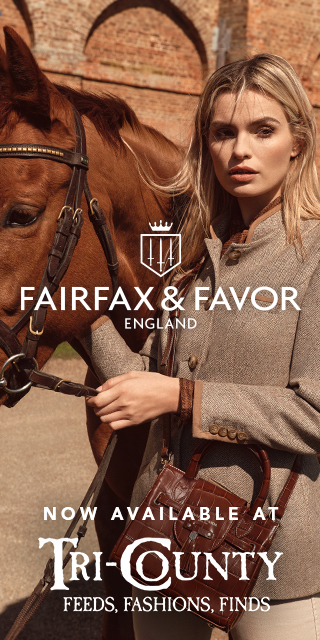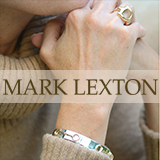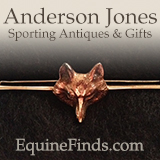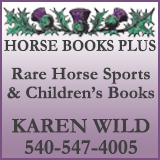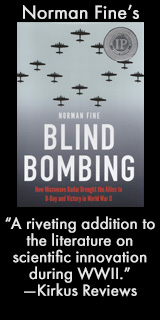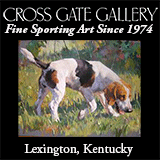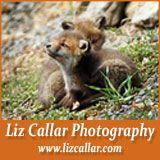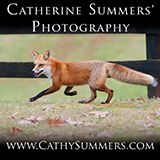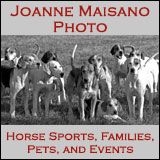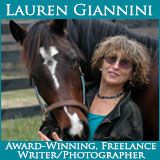This blog is a companion piece to Epp Wilson’s article, “Our Hounds Were on Fire.” Masters and huntsmen should educate their field members. Epp communicates to his members via periodic email blasts.
Oil painting, “Catch,” by Larry Wheeler was inspired by a scene at the Deep Run Hunt (VA) with huntsman John Harrison and hounds.
There’s a whole new generation of enthusiastic foxhunters in hunting fields across North America today. And I’m betting that most of them are in the hunt-to-ride category. At least at first. I know I was.
If they are inquisitive, however, they will soon discover there is even more to this sport than the excitement of riding a horse, keeping with hounds, jumping obstacles, and arriving at the finish with their equine partner safe and breathless. Not that that, in itself, isn’t enough! But really, the more they learn along the way, the better it gets.
How do a huntsman and a pack of hounds create such joy for us? Indeed, there is a measure of magic in the relationship between a good huntsman and his hounds. And what about the traditions of attire and the cultures of sporting art and literature spawned by this sport of foxhunting? These bonuses will soon reveal themselves to the inquisitive new foxhunter, and the education will add to the pleasures of foxhunting they are experiencing now.
If that new foxhunter is lucky, he or she will come across a Master or huntsman or mentor who, after a hunt, will occasionally talk about what amazing thing hounds did to give them the brilliant hunt they just enjoyed, and voila! A whole new fascinating world opens up―the world of hounds.
I was lucky. The first Master/huntsman who cast his mind back to review with me what hounds did to produce that hunting day I had so enjoyed was the late Thady Ryan of Scarteen (IR).
“Do you remember when hounds split this afternoon, and I went with the main pack,” he said, smiling ruefully at the ceiling but seeing only his hounds in the field. “I should have gone with Sinner.” He launched into an explanation of her personal traits of trustworthiness and how he often looked to her for a clue as to what was happening. He had followed his gut feeling this day and was now regretting it.
It had never occurred to me that individual hounds, through their actions and personalities, could speak to the huntsman. As an example, most of us recognize the huntsman’s problem early in the season when one or two first-year hounds open excitedly on a line and get a few other hounds running with them. ‘Is it a fox?’ he wonders, ‘or is it deer?’
I learned many years ago that there is often a particular hound in the pack whose habit when any hounds run riot is to stop and stare at the huntsman as if to say, “Not me, Boss, I’m having nothing to do with those fools.” Pretty cool.
In the years to follow, I had opportunities to talk about hounds, hound traits, and hound breeding with most of the top houndsmen of the times in addition to Master Thady: Captain Ronnie Wallace and Martin Scott in England and Ben Hardaway, Marty Wood, Albert and Melvin Poe, and others in North America.
Riding up with huntsmen was always an eye-opener. I was riding up with Hugh Robards one time when he was hunting the Rolling Rock hounds in Pennsylvania. Hugh had just moved from Ireland where, for twenty-seven seasons, he’d been hunting the internationally-renowned County Limerick foxhounds for Lord Daresbury. That period is considered by many to have been County Limerick’s ‘golden years.’
Hounds were drawing a covert, and Hugh and I watched a solitary hound, nose to the ground, slowly pick his way at a faint line through the midst of a puzzled pack. As I watched the hound, I heard Hugh say, “That’s a curious line.” I looked at Hugh and saw he was gazing far ahead of the hound.
By watching the hound, all I saw was where the fox had been. As Hugh watched the hound, he could see ahead to where the fox was going. We were both watching the identical scene, but Hugh was seeing so much more.
Though I was a field member through my hunting years, I was always a student of hunting. I tell you unequivocally that everything I learned along the way made my hunting experience even more enjoyable. I started hunting as a horseman and was transformed into a hunting man.
My advice to young field members? Take every opportunity you can to learn from books on hunting and from the most qualified mentors you can find. If you show genuine interest, most will be happy to talk to you. My advice to Masters and huntsmen? Help them.
Help by communicating hound and hunting lore to your field members. Master and huntsman Epp Wilson does it through periodic email blasts to his members. (See Epp’s companion piece to this blog, “Our Hounds Were on Fire.”) Educating your field members will give them more hunting joy every hunting day, and you will have hooked them on foxhunting forever.
Posted February 7, 2022
When Hugh Robards’ book, Foxhunting: How to Watch and Listen (The Derrydale Press, 2006), was published, some hunts bought them for new members. Other hunt Masters recommended the book to members. Some may have bought one for their local lending library.
Robard’s book engagingly describes one fictitious hunt, chapter by chapter, each from the standpoint of the various participants: huntsman, whipper-in, Field Master, hounds, fox, and Master. The book is available from Foxhunting Life’s Shop in paperback at $17.10 for subscribers (non-subscribers, $19.00).
Here’s what some well-known foxhunters said:
“Surpasses the popular iconic publications….readers will learn something which will enhance their fun and appreciation for the art of venery.” ―James L. Young, MFH, Orange County Hounds
“Enormously useful….Exactly what happens in the field….Can’t understand why it hasn’t been done before.” ―Nigel Peel, MFH, North Cotswold Hounds
“Brilliant. I would tell anyone that joins the Iroquois Hunt Club to go and buy this book. Then let’s sit down and talk about it.” ―Jerry Miller, MFH, Iroquois Hunt
“Hugh Robards is one of the foremost huntsmen of his time―as any one of us can attest who had the good fortune to ride after the County Limerock Hounds when he hunted them so brilliantly…” ―Michael Clayton, author and former editor of Horse & Hound
